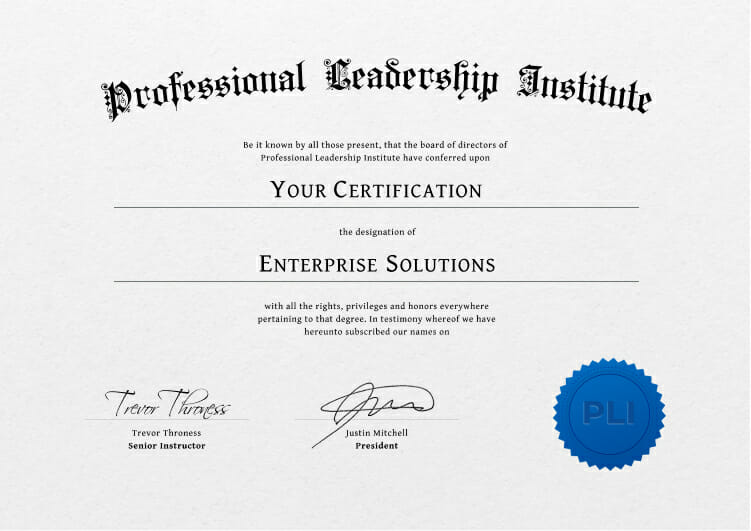Technological forces
- For the first time, people have been forced to get equipped with strong high speed internet, high quality webcams, and good microphones
- Increased effectiveness of technology has made it more user-friendly and available than ever
- High speed, broadband internet connections are now available everywhere on the planet
Learning and retention
- Information retention rates of face-to-face learning are about 8-10%. This jumps to 25-60% with eLearning because participants can revisit material, and retake quizzes and tests
- An IBM study found that eLearning participants learned nearly five times more material in the same time period than they did in a classroom setting.
- 84% of employees in Best Performing Organizations are receiving the training they need compared with 16% in the worst performing companies (source IBM Smarter Workforce Survey)
- Social distancing due to COVID means that people will be working remotely for a long time to come, and will only be able to learn from home
Time
- A Brandon Hall study found that eLearning requires 40-60% less employee time than traditional classroom learning.
- Employees can learn at their own pace without leaving their desks, incurring the cost of travelling, staying in hotels, and buying meals and entertainment.
- eLearning enables students to learn five times more material for every hour of training because they learn at their own pace and immediately apply what they’ve learned
Cost
- The same IBM study found that every dollar invested in online training resulted in $30 in increased productivity because skills could be immediately applied.
- IBM saved 200 MM by switching to eLearning.
- When employers spend $1500 per employee per year on training, they achieve improvements in profit margins of around 24%















